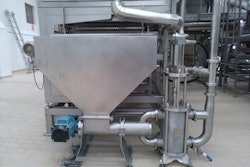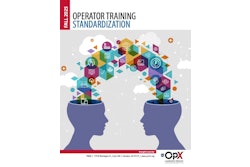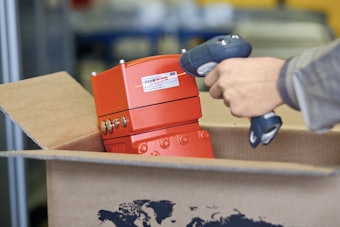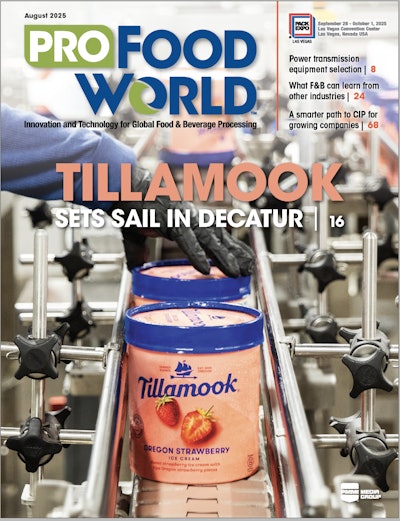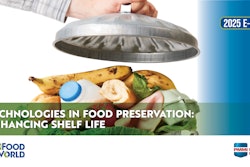Now that more companies have implemented — or are at least piloting — Industrial Internet of Things (IIoT) projects, the concept is quickly moving from pure technological possibility to the how-to realm. A key issue identified by companies well along the IIoT implementation path is that, although getting started with IIoT is not so difficult, scaling the project is.
According to research from McKinsey, digital manufacturing is a top priority for 68 percent of manufacturing executives, and many companies currently implementing such strategies are piloting up to eight different technologies. Yet only 30 percent have moved beyond the pilot phase, even after achieving significant results from the pilot.
To find out more about this issue, I connected with Abhinav Khushraj, CEO and co-founder of Petasense, a supplier of IoT sensors, machine learning, cloud and app technologies designed to optimize asset performance.
Because culture is often one of the more critical issues in any plant when it comes to new technology or process adoption — much less scaling, Khushraj said that first and foremost you have to understand the situation at the plant. “Technology will not solve the problems by itself. If the site uses run-to-failure as the maintenance strategy on all assets, it is not a good idea to jump right in with wireless IIoT,” he said. “Start with a criticality analysis to understand which assets are production, safety, or environmentally important and what tasks are needed to predict their failures. Focus on these assets as they will have immediate return.”
Technology partnerships are also important. Khushraj advises finding a partner that matches your needs. Because there are so many choices in the market, he noted that several clients of Petasense conduct pilots with multiple vendors. “This gives them the chance to match their needs with the right partner,” he added.
And though technology will not solve any problems by itself, you can’t achieve the continuous optimization promises of IIoT without it. Given that, Khushraj highlighted three specific aspects of technology to focus on—from initial implementation to scaling—based on Petasense’s experience with its end users:
Integration. To integrate IIoT into your existing systems, start by selecting an open system that can work with the software programs you already have. “Whether that’s CMMS [computerized maintenance management systems], data historians, or APM [asset performance management] programs, it’s important that the information [in the new technology you choose] can leverage the investments you have already made,” said Khushraj.
Assets. “IIoT has opened up the potential to monitor any asset with any sensor wirelessly,” said Khushraj. “Where companies previously focused on rotating machines, now they can monitor steam traps, electrical panels, valves, filters, and much more. Consider different types of measurements. Instead of sticking to vibration, bring in process data like flow and pressure. For example, how can you incorporate online oil condition sensors or ultrasonic to better monitor the condition?” Looking to the wider use of wireless sensing for asset management and optimization is a major factor in scaling beyond the pilot phase.
Applications. Find applications that can show a clear ROI. “Whether you have done a formal criticality analysis or not, you understand which assets are the problem assets—the ones that are constantly breaking or that will bring down the entire production line if something goes wrong,” Khushraj said. “Often there is a recent failure that is the stimulus for starting a wireless PdM [predictive maintenance] program. Start with these assets. If you can, make sure you look into the numbers to understand the current situation so you can compare to the situation after adding IIoT sensors. This helps to prove the value and lead to scaling the program.”
Beyond culture and technology there is, of course, process. Based on what he’s seen in customer implementations, Khushraj advises to “plan, but don’t overplan. Have a goal of where you want to be—starting with where you are today—and how you are going to get there, but don’t wait too long.”
Khushraj pointed out that one client, who is currently three years into reliability transformation using IIoT, told him that, in hindsight, they should have set up the wireless PdM earlier. To avoid having such regrets, Khushraj pointed out that pilots are “a pretty low-cost way of trying, and you don’t need to wait until everything is perfectly planned out before putting the sensors on.”
With any new technology project, focus on small wins and validated proof-points, then consider how it can fit into the big picture, advised Khushraj. To do this effectively, define and track success along the way. “Understand what metrics or processes you want to improve and monitor these before and during the project,” he said. “At the end, an ROI should be calculated and projected to determine success. Share this with all the stakeholders to show the value.”
If you’re not at the IIoT scaling stage and still looking to get started, here are a few tips:





